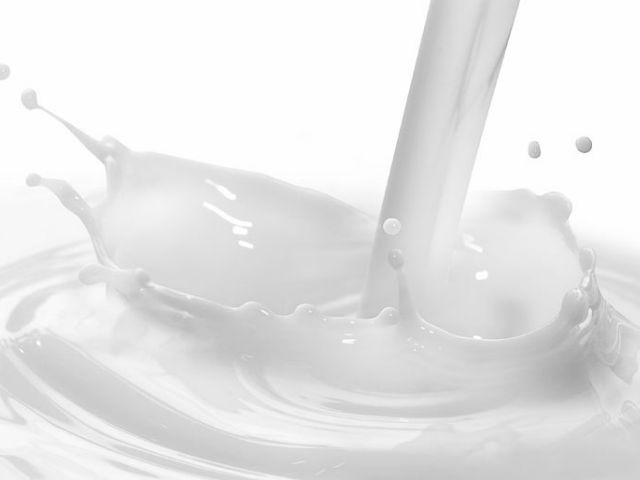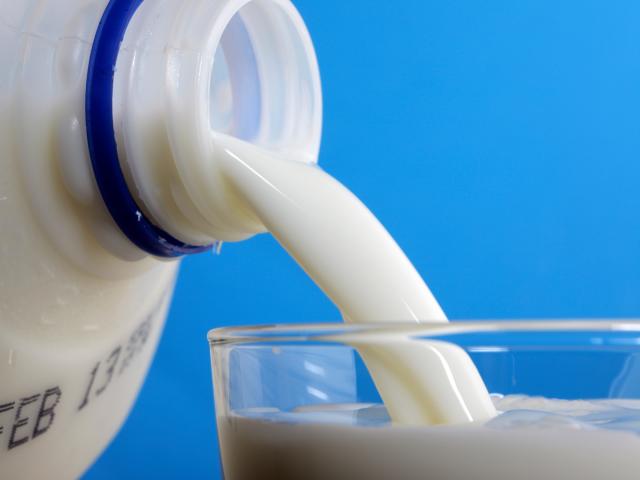
The topic of raw milk has sparked debates among health enthusiasts, consumers, and health experts alike. Raw milk is milk that has not undergone the pasteurization process, which involves heating the milk to kill harmful bacteria. Proponents of raw milk believe it offers numerous health benefits, while critics emphasize the potential risks associated with consuming unpasteurized dairy. In this blog post, we’ll explore the arguments surrounding raw milk, weigh its perceived benefits against its potential risks, and provide evidence-based insights to help you make informed decisions about including raw milk in your diet.
Understanding Raw Milk
Raw milk is milk that comes straight from the cow (or other animals) and has not been heat-treated through pasteurization or ultra-high-temperature processing. Advocates of raw milk often emphasize its natural state and the potential preservation of nutrients that may be lost during pasteurization.
Perceived Benefits of Raw Milk
Nutrient Retention: One argument in favor of raw milk is that it retains more of its natural nutrients, including vitamins, minerals, enzymes, and beneficial bacteria.
Natural State: Supporters of raw milk believe that it is more aligned with the way milk is naturally produced, without the alteration caused by heat treatment.
Probiotics: Raw milk is thought to contain live beneficial bacteria, or probiotics, that could contribute to gut health and immune system support.
Lactase Enzyme: Some individuals who are lactose intolerant claim that they can tolerate raw milk better due to the presence of lactase enzyme.

Potential Risks of Raw Milk
Bacterial Contamination: Raw milk can contain harmful bacteria such as Salmonella, E. coli, and Listeria, which can cause serious foodborne illnesses.
Increased Infection Risk: Children, pregnant women, the elderly, and those with weakened immune systems are particularly vulnerable to the risks associated with raw milk consumption.
Foodborne Outbreaks: Numerous foodborne illness outbreaks have been linked to raw milk consumption, leading health authorities to issue warnings against its consumption.
Evidence-Based Insights
Nutrient Retention: While raw milk may contain higher levels of some nutrients, such as certain vitamins and enzymes, studies have shown that the differences are generally modest and may not outweigh the risks associated with bacterial contamination.
Probiotics: The presence of live beneficial bacteria in raw milk is a topic of debate. While some studies have identified beneficial bacteria, others indicate that the levels are not consistently high enough to confer significant health benefits.
Lactase Enzyme: The presence of lactase enzyme in raw milk might help some lactose-intolerant individuals tolerate it better. However, the amounts may vary, and this does not negate the potential risks associated with consuming raw milk.
Considering Safety and Regulation
Food Safety Concerns: The risk of bacterial contamination in raw milk is a significant concern. Raw milk is a breeding ground for harmful bacteria that can cause serious illnesses, especially in vulnerable populations.
Regulation: Many countries and states have strict regulations regarding the sale and consumption of raw milk due to safety concerns. Some places ban the sale of raw milk altogether, while others allow it under specific conditions.
Home Pasteurization: Some raw milk advocates suggest pasteurizing the milk at home to reduce the risk of bacterial contamination. However, this process requires careful attention to detail and is not foolproof.
Informed Decision-Making
When considering raw milk, it’s important to take a balanced and evidence-based approach:
Risk Assessment: Consider your personal health status, age, and immune system strength. Individuals who are more susceptible to foodborne illnesses should be particularly cautious.
Source Matters: If you are considering raw milk, ensure that you obtain it from a reputable and certified source. Look for farms that adhere to strict sanitation and testing protocols.
Consultation: Consult a healthcare professional before making decisions about raw milk consumption, especially if you have underlying health conditions or are part of a high-risk population.
Conclusion
The debate over raw milk at Skope Mag hinges on the perceived benefits of increased nutrient retention and probiotics versus the potential risks of bacterial contamination and foodborne illnesses. While raw milk advocates emphasize its natural state and potential health benefits, it’s crucial to prioritize food safety and consider the potential risks involved, especially for vulnerable populations. Before incorporating raw milk into your diet, carefully weigh the evidence and consult with healthcare professionals to make informed decisions that align with your health goals and safety concerns. Remember that making choices that prioritize your health and well-being is essential for maintaining a balanced and nourishing diet.








